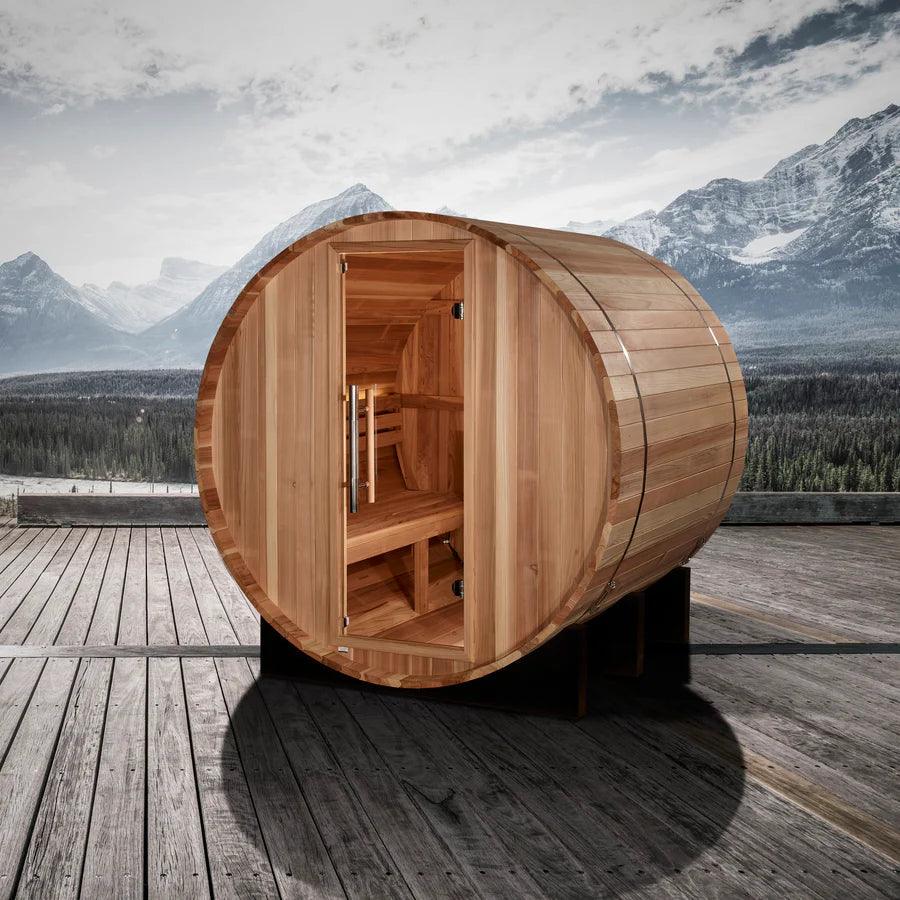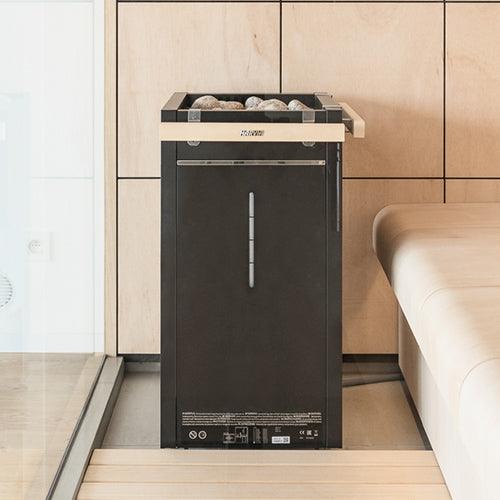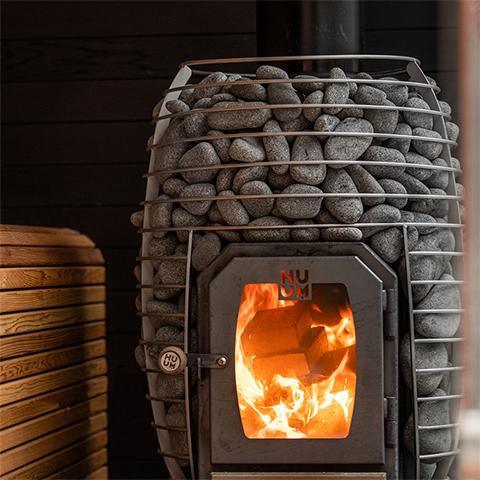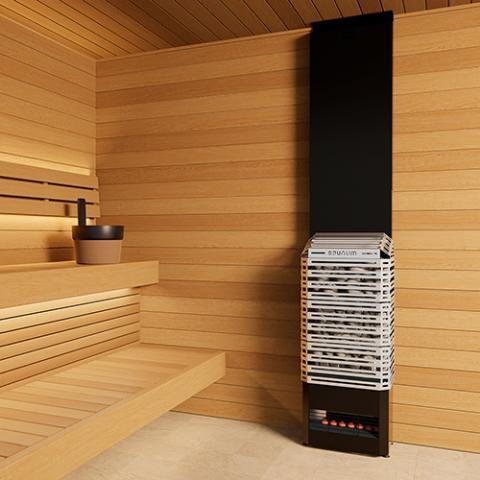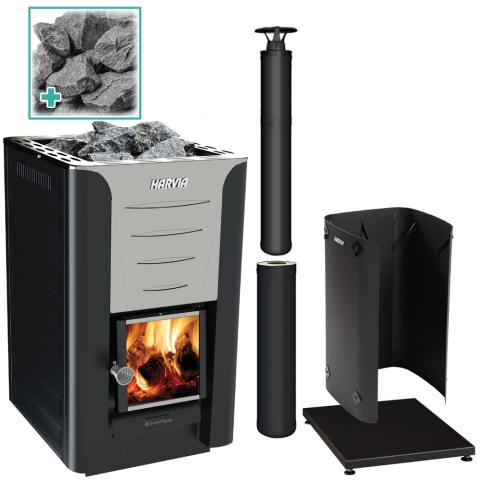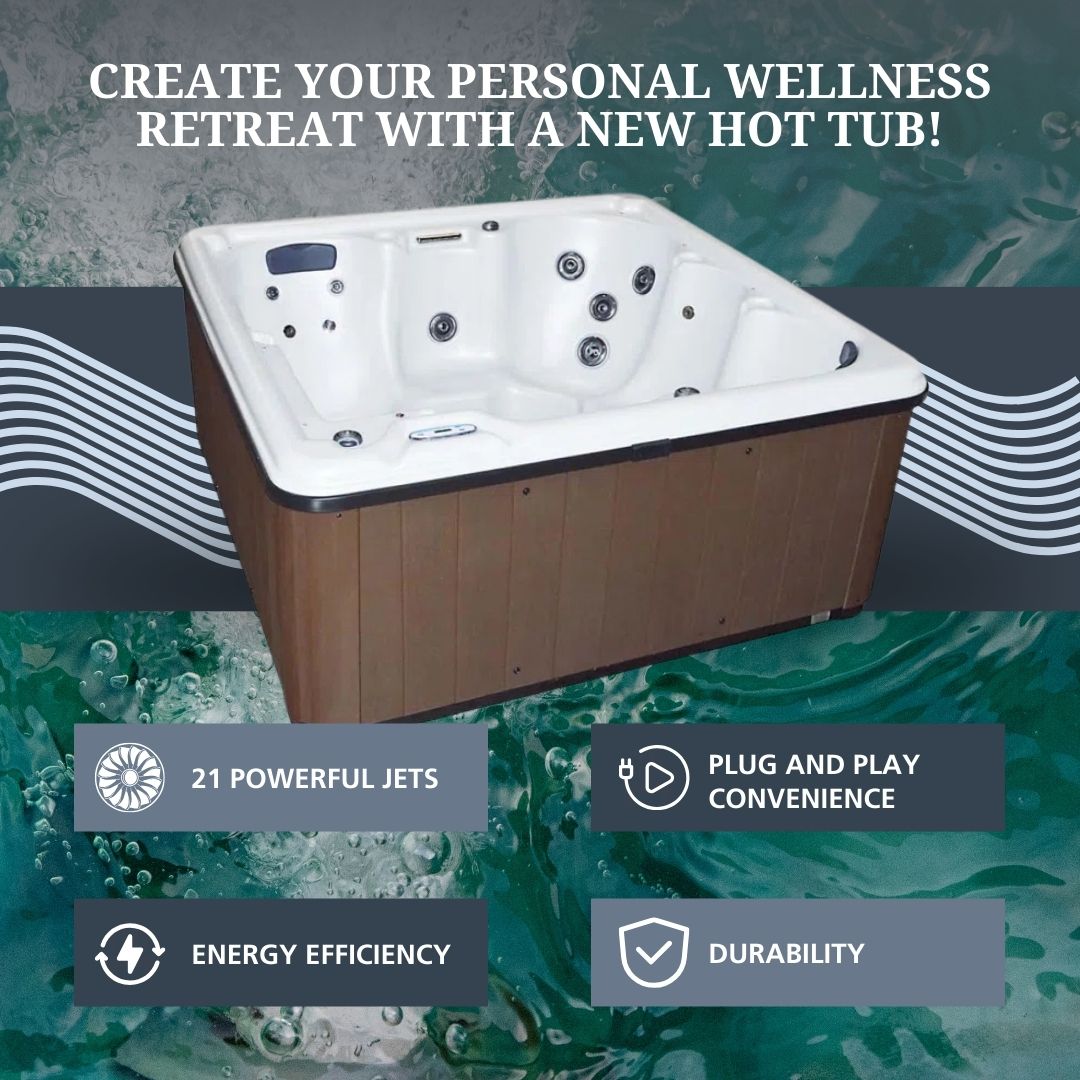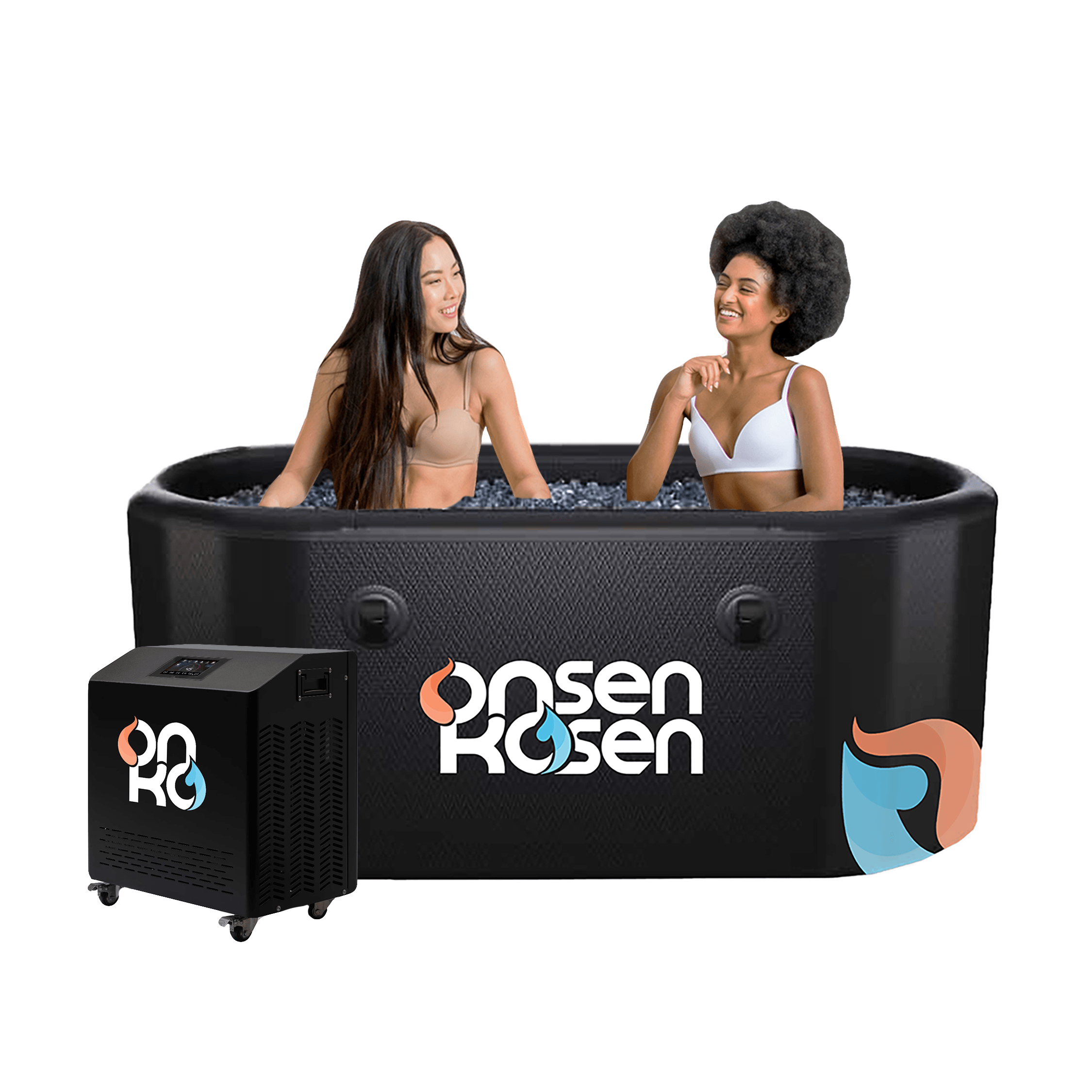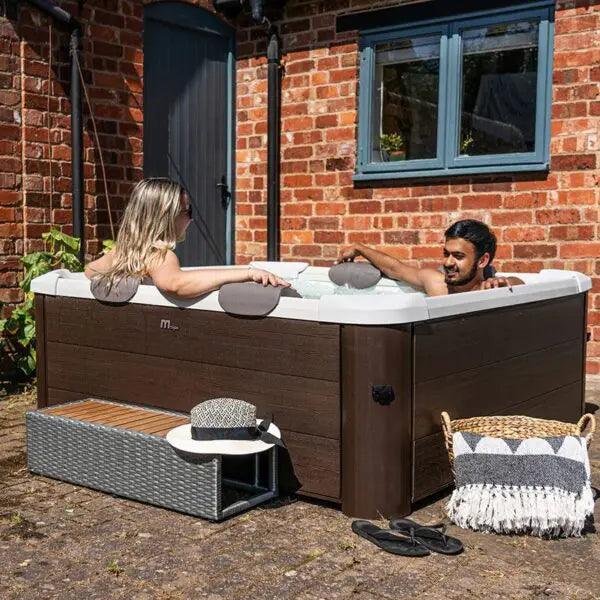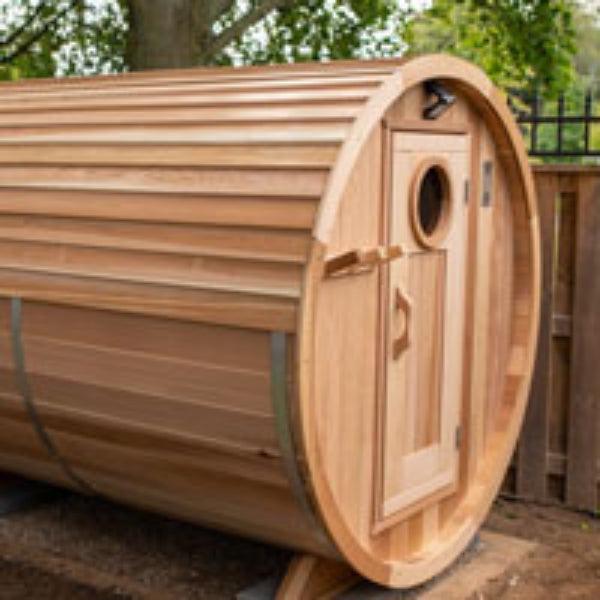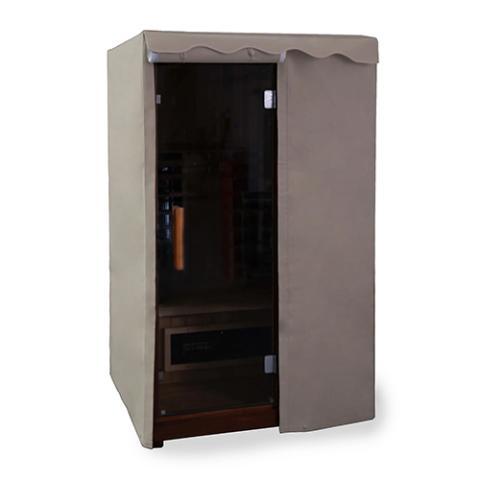Just the thought of having a sauna at home is already relaxing. It’s the perfect place to retreat to and relax after a long tiring day outside. That’s why it’s no surprise that it’s becoming quite popular recently and that you want to buy one for your home as well. However, buying the right sauna isn’t a walk in the park.
There are many things you need to consider and think about so you can make a better and more informed decision. That’s why in this sauna buying guide, we’ll list down every factor you need to consider when choosing the right sauna for your home.
Know the Benefits of Saunas
First things first, you need to know and understand what benefits you can enjoy from using saunas. This way, you’ll know what to expect when you use one. Here’s a quick list of all the health benefits of saunas:
- Relax muscles
- Deep cleans the skin
- Removes toxins from the body
- Burns calories
- Relieve chronic pain and conditions (like muscle pain)
- Induces better sleep
- Improves circulation
Factors to Consider When Buying a Home Sauna
In order to enjoy the benefits to the fullest, you have to make sure you’re choosing and buying the sauna that suits not just your needs and preferences but also your capabilities. For you to do that, make sure to check and consider the factors below when buying.

Type of Sauna
The first thing you need to do is choose what type of sauna you want to use, which is solely based on your initial preference. There are two:
It’s also sometimes called a Finnish sauna because it’s the traditional type of sauna. Steam saunas use rocks, which are heated using electricity, with water poured over them to create warmth and steam inside. This type usually has higher temperatures, usually ranging from 150 up to 190 degrees Fahrenheit, sometimes even more.
Infrared saunas use infrared technology to produce heat, instead of using heated rocks like steam saunas. They use infrared rays to produce heat and this heat directly penetrates the skin, unlike steam saunas that don't. These have lower temperatures, usually ranging from 120 to 150 degrees Fahrenheit.
Position/Location
Decide on where the sauna will go or be placed: indoors or outdoors. Keep in mind that it should always be installed near a water source.
If you have enough space inside your house, especially in the bathroom, you can choose to install an indoor sauna. Since they’re indoors, you need to ensure that it has proper ventilation and a draining system. Moreover, you can put either a steam sauna or an infrared sauna for this option.
Outdoor saunas are usually installed in the garden or near a pool. Unlike indoor ones that only require proper ventilation and drainage, outdoor saunas need to have a solid foundation, power source, and proper insulation. This is a good option if you don’t have enough space inside the bathroom or in any place indoors.
Size
The size of the sauna is an important factor that you should always check. This can directly affect the sauna’s price and space requirements. Saunas come in different sizes but the standard ceiling height is 7 feet to minimize heat loss inside. That’s why most sauna sizes can range from 4 x 4 feet to 8 x 12 feet.
There are two main things you have to consider when deciding on the size: the users and your space. How many people will be using the sauna at the same time? How big or small is the place you plan to install it?
As a guide, ensure that each user or bather will have at least 2 feet of space on the sauna’s bench. If you would personally like to recline while using the sauna, then allow at least 6 feet of space in direction.
Additionally, keep in mind that the size not only dictates how comfortable you’d be able to use the sauna but it also dictates the required output capacity of the heater that you’ll need.
Type of Wood
Saunas are lined with wood inside where you can sit or recline while enjoying your sauna session. There are many types of wood you can choose from:
-
Cedar: This is one of the most commonly used woods for saunas since it’s resistant to shrinking and decay. It also has a pleasing and long-lasting aroma that adds to an amazing sauna experience. However, this can be more expensive than other woods due to the same desirable qualities.
-
Hemlock: This is also a commonly used light-colored wood because it’s resistant to stains and mildew. If you’re sensitive to odors, this would be a good option since it’s less aromatic than the other types.
-
Aspen: This is commonly used for indoor saunas since this isn’t as durable and decay-resistant as the previous two. But, it also has an attractive appearance and is odorless so it’s ideal for people with allergies.
-
It’s best to choose high-quality and chemical-free wood that’s resistant to heat and moisture. This way, you can use it for a long time.
-
To minimize the warping and cracking of the wood, opt for air-dried or kiln-dried fine-grain wood construction.
-
Never go for wood with experimental materials since they can emit unpleasant odors when heated.
-
Make sure it's softwood because softwood is preferable for saunas since it can absorb steam heat.
Budget
Prices of saunas vary depending on many factors like the type, the quality of the wood used, the size, and many more. Traditional saunas can be more expensive since they require more equipment due to installation costs.
As a guide, prices can start around $2,000 but can reach over $10,000. If you’re planning on a budget, you can start with an estimated cost for an entry-level sauna which can cost around $2,000. A budget is important especially when you don’t or can’t spend too much money on getting a sauna.
Additional Features
Last but not least in this sauna buying guide. Make sure to look at what extra features your preferred sauna offers. These additional features can take your sauna experience to the next level:
- Sound system for playing music
- LED lighting
- Digital smart touch control systems for easy use
- Automatic timers
- Adjustable roof vents
- Aesthetic choices for the windows, doors, and other design features
Recap: How to Choose the Perfect Home Sauna
Saunas offer many health benefits that can help you relax better. But, for you to personally enjoy these benefits, you need to choose the right sauna that suits your needs and wants. As a recap of this sauna buying guide, here are the factors that you should consider to be able to do that:
- The type of sauna you prefer
- The location you want to install it
- The size of the sauna you’ll get
- The type of wood you want to use inside the sauna
- Your budget
- Additional features that the sauna offers
You can check out our home sauna collection if you want to start looking at options. We offer different kinds of saunas that will surely match your preferences on the factors we discussed!

